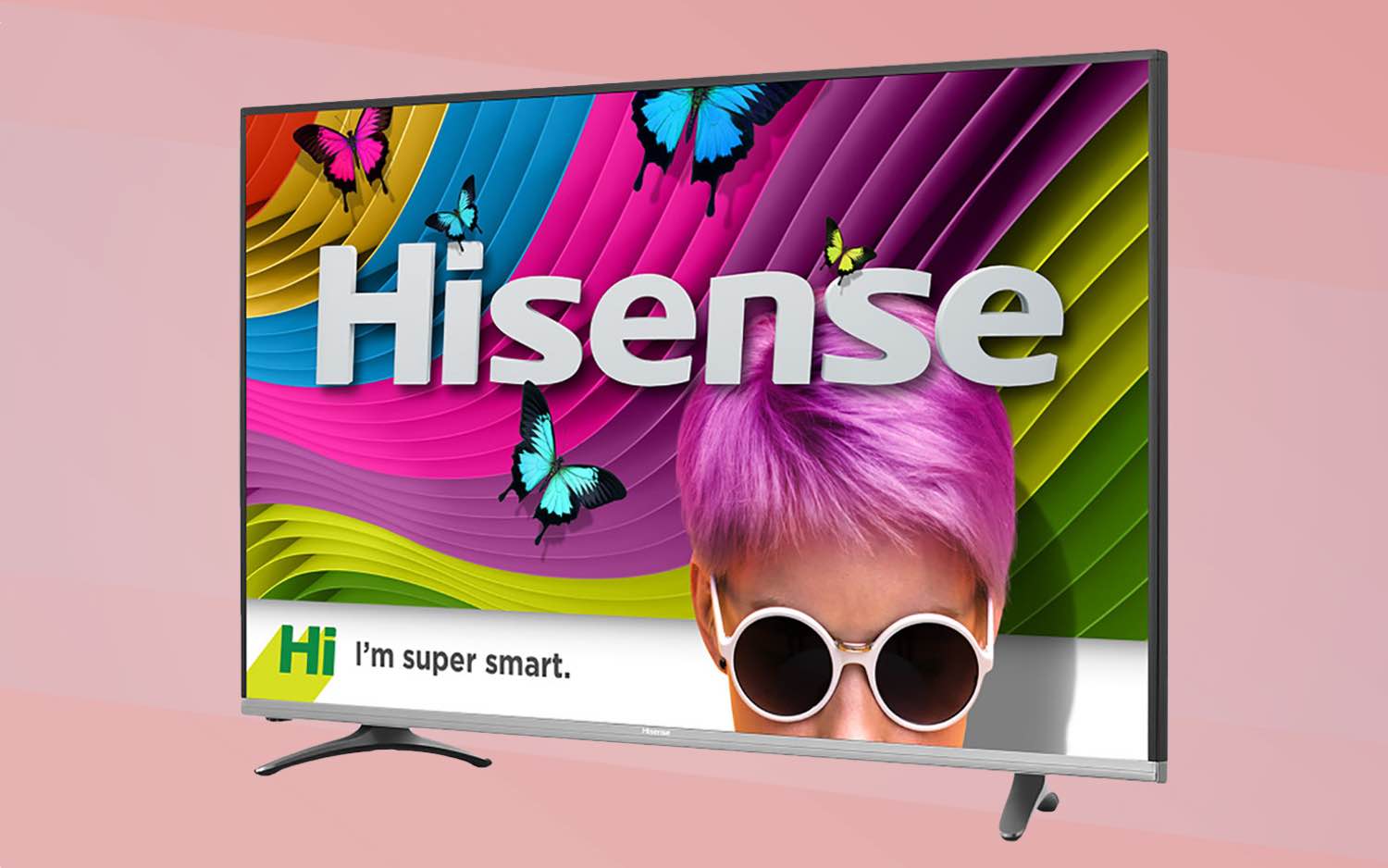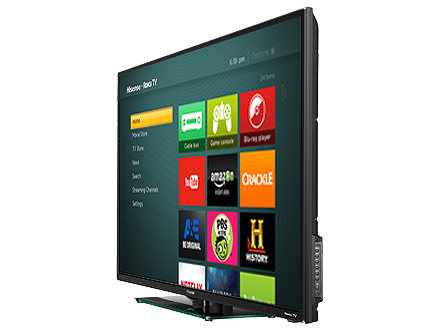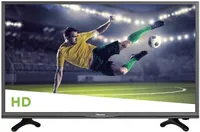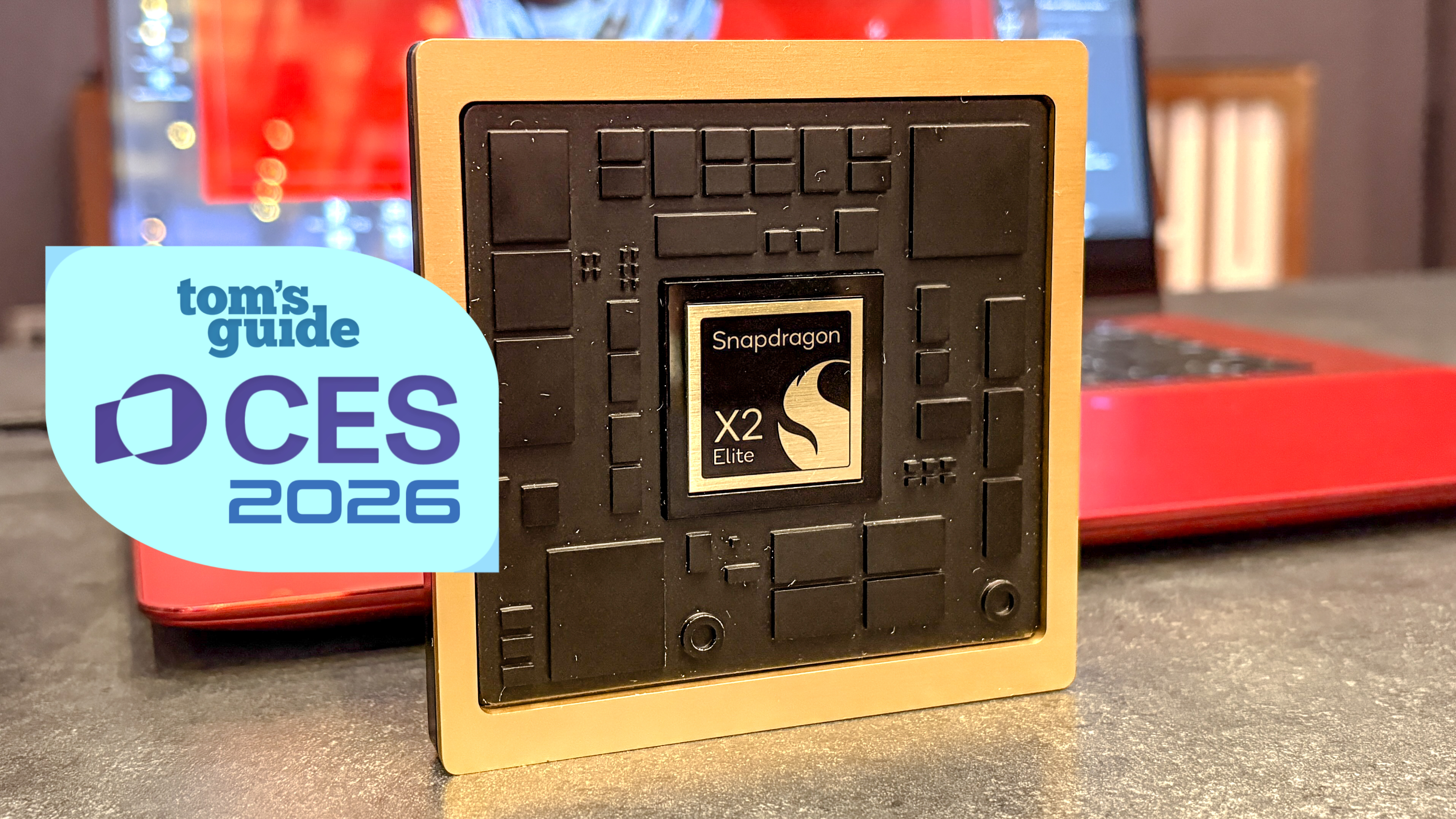Are Hisense TVs Worth Buying?
Hisense offers some seriously low-priced 4K smart TVs, but only some models can really be considered a bargain.
If you've been watching out for TV bargains, then you've probably seen the name Hisense. Known for its inexpensive electronics, Hisense has carved out a niche in the TV world as a manufacturer that offers budget-friendly TVs that still offer some of the more premium features you want in a 4K smart TV.

But how does that reputation track with the reality? After reviewing several Hisense TVs and comparing them against the best and worst TVs available, we're here to help you figure it out.
What we like about Hisense TVs
Delivering high-end electronics at low-end prices is a balancing act between delivering the key features people want, and eliminating the expense of premium touches – and all of this while (hopefully) not compromising the overall quality of the product. Hisense, as a brand, is known for its budget-priced products, and the company has largely followed the same basic formula for all of its inexpensive TVs.
First, Hisense does deliver on the core features you'll want on a new TV: 4K resolution, HDR support (some even offer Dolby Vision support) and connectivity for streaming and apps. If you want that core functionality without the added cost that comes with fancy voice assistants, superslim designs and elaborate smart-home features, you can get it for less by going with a Hisense TV.
And if you want something a bit more modest, Hisense still has full-HD (1080p) sets available, as well as "dumb" TVs without smart-TV capabilities. They're perfect for gamers that don't need 4K, and for anyone who's happy with their streaming stick for getting their preferred content and apps.
MORE: Best Smart TVs - The Best 4K and HD Televisions for the Money
Some Hisense TVs use the popular Roku TV platform, which has a well-earned reputation as an easy-to-use system with plenty of apps and content options. However, others use versions of Android TV and Vewd (formerly Opera TV), which may not have the same ease of use or extensive app selection.
Get instant access to breaking news, the hottest reviews, great deals and helpful tips.
What we don't like
Whether it's differently sourced components, lack of budget for R&D and design teams, or just plain old nickel-and-diming to maximize profits, the result is that corners get cut. Most of these will be features you can live without, or optimizations you may not even miss, but others will be noticeable.

Premium designs won't be found in Hisense's sub-$500 TV selection, but if you don't mind chunky designs and plastic construction, it's not much of an issue. And don't hold your breath for fancy voice interaction, since Hisense TVs don't offer it.
More noticeable are picture- and sound-quality issues. Inaccurate color and poor contrast aren't uncommon, though some of that can be fixed by fine-tuning the picture settings. Backlight issues mean that many of the TVs marketed as supporting HDR won't have the same dramatic bright colors and deep shadows that you'd get on a more expensive TV.
Finally, you'll want to get a soundbar with pretty much any Hisense TV, since the sound quality of the built-in speakers tends to disappoint.
MORE: Our Favorite Soundbars for Small and Big TVs
Which Hisense TVs are worth buying?
While the budget-price of Hisense TVs does come with some tradeoffs, it's hard to pass up a great price. If you want the best Hisense has to offer, look for either 4K smart TVs that use the Roku smart-TV operating system, or opt for one of the full-HD sets that Hisense still makes, since they're great for use with game consoles and streaming sticks.

Here are some of the Hisense TVs to watch:
Hisense TVs are priced affordably throughout the year, but retailers like Amazon and Walmart may reduce prices further, so it's worth checking for sales.
Bottom line
This is the bargain you make as a shopper when buying a low-end product: Lower prices mean lower quality. Hisense offers basic products, and does so at bargain prices year-round. It does so by saving wherever possible, and passing the savings on to you. It all comes down to what you consider acceptable, both in terms of price and quality.
Credit: Hisense
Brian Westover is currently Lead Analyst, PCs and Hardware at PCMag. Until recently, however, he was Senior Editor at Tom's Guide, where he led the site's TV coverage for several years, reviewing scores of sets and writing about everything from 8K to HDR to HDMI 2.1. He also put his computing knowledge to good use by reviewing many PCs and Mac devices, and also led our router and home networking coverage. Prior to joining Tom's Guide, he wrote for TopTenReviews and PCMag.



